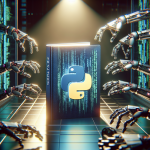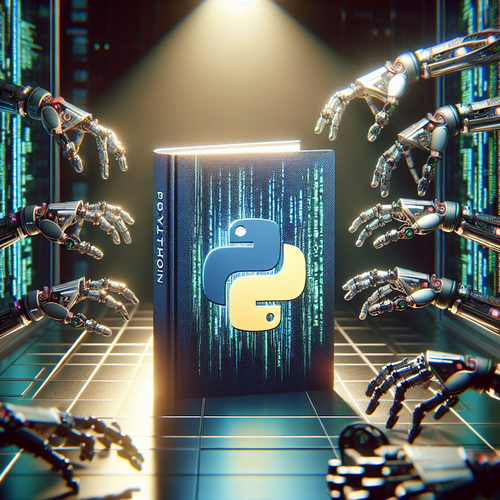
Mastering Machine Learning with TensorFlow
Mastering Machine Learning with TensorFlow
Tapping into the power of machine learning can seem daunting, but platforms like TensorFlow (Official site) have made it more accessible than ever. This guide will walk you through the steps needed to start your journey in building AI models using TensorFlow.
Prerequisites
- Basic understanding of Python programming
- Familiarity with machine learning concepts
- Python installed locally (Download Python)
Setting Up TensorFlow
First, ensure that you have Python and pip installed on your machine. You can install TensorFlow using the following command:
pip install tensorflowBuilding a Simple Model
Start by importing the necessary libraries:
import tensorflow as tf
from tensorflow import kerasBuild a simple Sequential model and add layers:
model = keras.Sequential([
keras.layers.Dense(units=512, activation='relu', input_shape=(input_shape,)),
keras.layers.Dense(units=10, activation='softmax')
])Compiling the Model
Compile your model with the appropriate optimizer and loss function:
model.compile(optimizer='adam', loss='sparse_categorical_crossentropy', metrics=['accuracy'])Training the Model
Load your dataset, for instance, the MNIST dataset:
(train_images, train_labels), (test_images, test_labels) = keras.datasets.mnist.load_data()Normalize and train the model:
train_images, test_images = train_images / 255.0, test_images / 255.0
model.fit(train_images, train_labels, epochs=5)Evaluating the Model
After training, evaluate the model’s performance on the test dataset:
test_loss, test_acc = model.evaluate(test_images, test_labels)Print out the accuracy:
print('\
Test accuracy:', test_acc)Troubleshooting
If you encounter issues with installation or compatibility, ensure that you have the correct Python version installed and that all dependencies are properly configured. Refer to the official TensorFlow installation guide (Official site) for more details.
Summary Checklist
- Install TensorFlow using pip
- Build and compile a Sequential model
- Train the model using a dataset
- Evaluate model performance
For more insights on AI tools, check out our recent post on AI-Powered Code Generation Tools for Developers.











